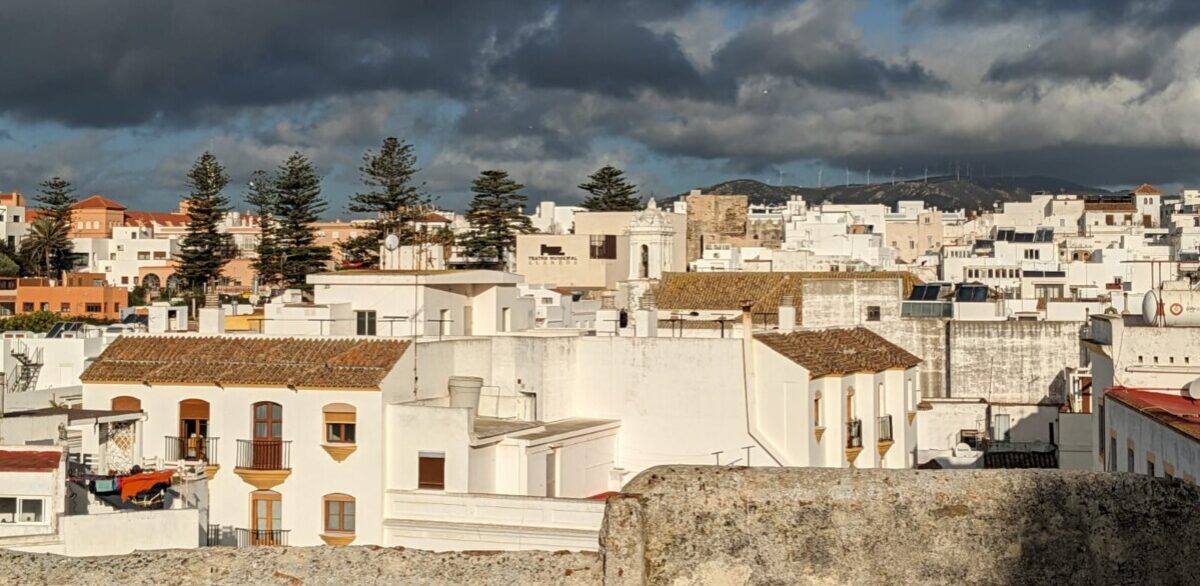My research question is: How can integrating green infrastructure in urban architectural designs contribute to the sustainability of buildings while enhancing the resilience of urban areas to climate change?
Source entry #2: “Op-Ed: Are we greening our cities, or just greenwashing them?”
Part 1 MLA citation
Graham, W. (2016, March 6). Op-Ed: Are we greening our cities, or just greenwashing them? – Los Angeles Times. Los Angeles Times. https://www.latimes.com/opinion/op-ed/la-oe-graham-folly-of-green-buildings-20160306-story.html
Part 2 Summary
In the article “ Op-Ed: Are we greening our cities, or just greenwashing them” by author Wade Graham, he critiques the trend towards “green” urban development, highlighting that projects like luxury buildings with green features and eco-cities often serve more as greenwashing rather than real environmental solutions. Graham argues that integrating technology-controlled versions of nature into cities fails to address deeper environmental and urban issues. The desire to merge cities and nature has developed into a focus on the looks of greenery rather than sustainability. Graham points to the environmental and resource costs of notable “green” projects, like Apple’s headquarters, as examples of misdirected efforts. He believes that achieving real environmental progress requires rethinking “An economic system based on the destruction of nature and the shifting of real costs onto those less fortunate and onto the future, is the real problem.” Graham emphasizes the need for better urban planning that allows for true integration with nature and equal community relationships
Part 3 Rhetorical Analysis
The genre is an Op-ed piece. The intended audience is architects and urban planners. The author’s writing style is informative. The author Wade Graham is credible as he is a landscape designer, historian, and adjunct professor of public policy at Pepperdine University. Graham uses logos to critically analyze that architectural efforts alone are insufficient to address the root causes of environmental degradation, which prioritize profit over ecological health. Graham contrasts the ambitious claims of modern green projects with their actual environmental impacts. Graham Highlights high-profile projects like Bjarke Ingels’ Via 57 West and the Louvre Abu Dhabi are presented as embodiments of a “green fever dream” that prioritizes looks and technological displays of sustainability over meaningful ecological integration. The Los Angeles Times is a credible source because it is one of the largest daily newspapers in the United States and has won multiple Pulitzer Prizes for its journalism. The article was written in 2016 so its somewhat current.
Part 4 Notable Quotables
“But, despite the rhetoric of reconciling the city with nature, today’s green urban dream is too often about bringing a technologically controlled version of nature into the city and declaring the problem solved, rather than looking at the deeper causes of our current environmental and urban discontents.” (Wade Graham Pg 3)
“An economic system based on the destruction of nature and the shifting of real costs onto those less fortunate and onto the future, is the real problem.” (Wade Graham Pg 10)
“Like driving an $85,000 Tesla, designing a perfect green building or eco-city isn’t enough to save the world. Although our buildings, like our cars, have been woefully inefficient environmentally, architecture isn’t responsible in any meaningful way for humanity’s disastrous environmental impacts, nor can it hope to solve them alone.” (Wade Graham Pg 10)
“Instead of making “nature” into an urban lifestyle accessory, architects and planners must work to design better relationships between the parts of our cities and nature, and to promote just relationships between the people in them.” (Wade Graham Pg 11)
source 1
Wallis, Stephen. “A Growth Spurt in Green Architecture.” The New York Times, 6 Mar. 2024. NYTimes.com, https://www.nytimes.com/2024/03/06/realestate/architecture-natural-materials.html.
source 2
Graham, W. (2016, March 6). Op-Ed: Are we greening our cities, or just greenwashing them? – Los Angeles Times. Los Angeles Times. https://www.latimes.com/opinion/op-ed/la-oe-graham-folly-of-green-buildings-20160306-story.html
source 3
WIRED UK. (2021, March 10). Sustainability in architecture and design with Bjarke Ingels | WIRED Live [Video]. YouTube. https://www.youtube.com/watch?v=Rx3DYgSfeCU




CITATION IS WRONG — go to research project resources page and use one of the citation machines there!
You use the word “substantially” HUH???
Your summary needs to be much better. Your writing needs to be clearer and you must give better explanation of the MIs. Have you chosen the most important MIs? I had to read the article, meaning that your summary is missing MIs.
For example what is “greenwashing” YOU DON”T EXPLAIN!
The writer devotes a significant amount of writing to an explanation of what’s wrong with the Apple building in Silicon Valley, so you should explain that criticism.
What is a specific example of a building designed with “misdirected efforts”?
some points in your Rhetorical Analysis belong in the Summary.
Look at your Notable Quotables. I get a better idea of what the article is about from the Quotes than I do when I read your Summary. This means there is a problem with your summary. Your summary is not giving enough MIs. IDEA: get some of the ideas you used as quotes into your summary!
READ AND ANNOTATE THE ARTICLE To get a better summary!